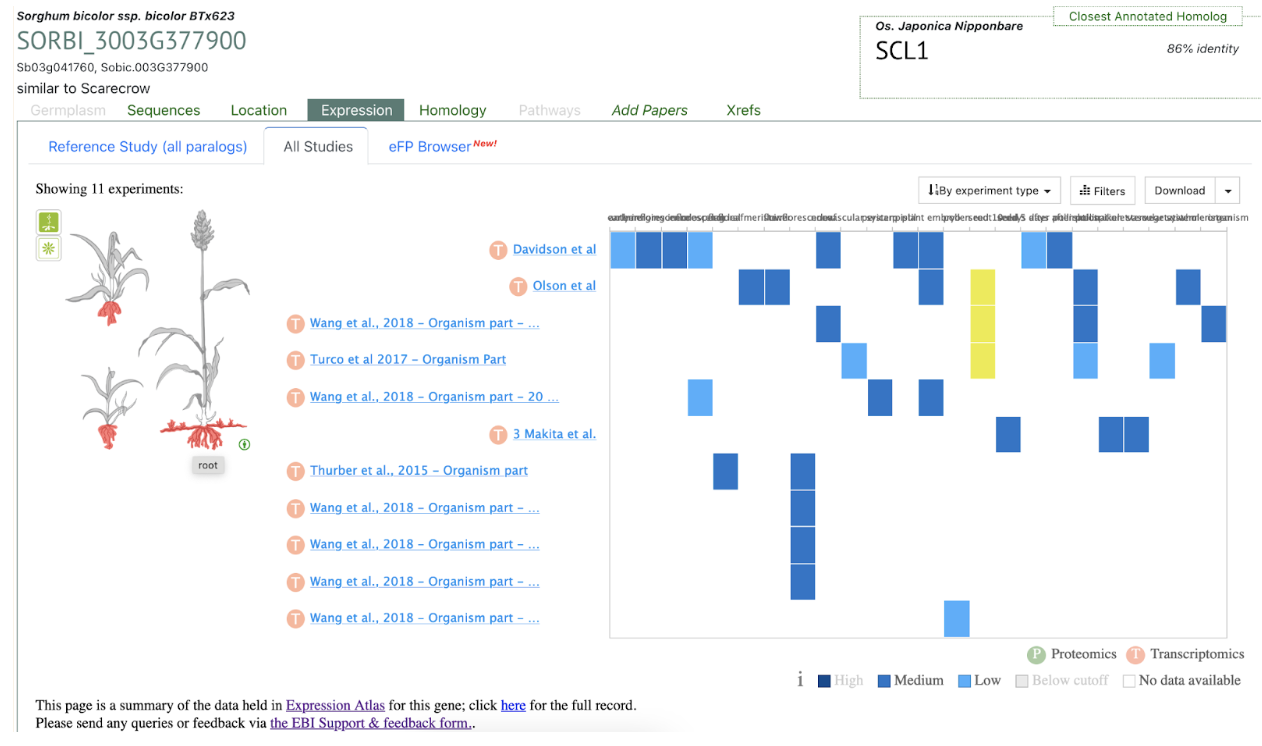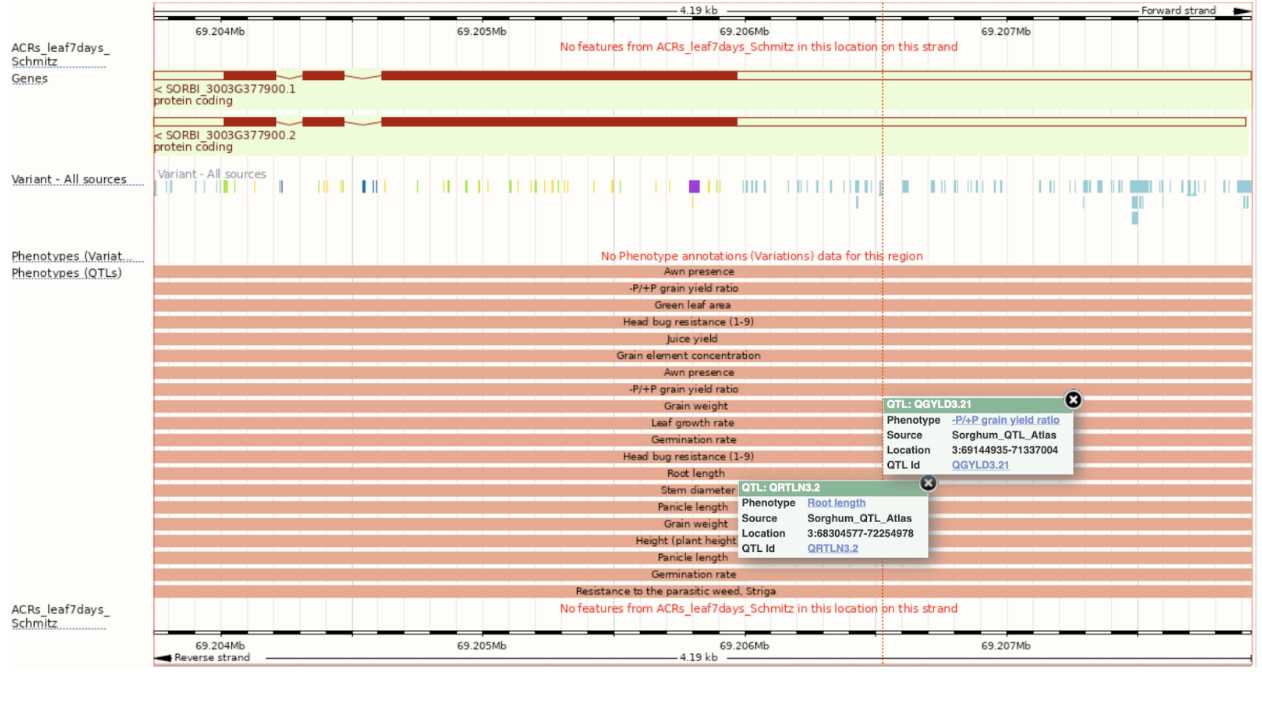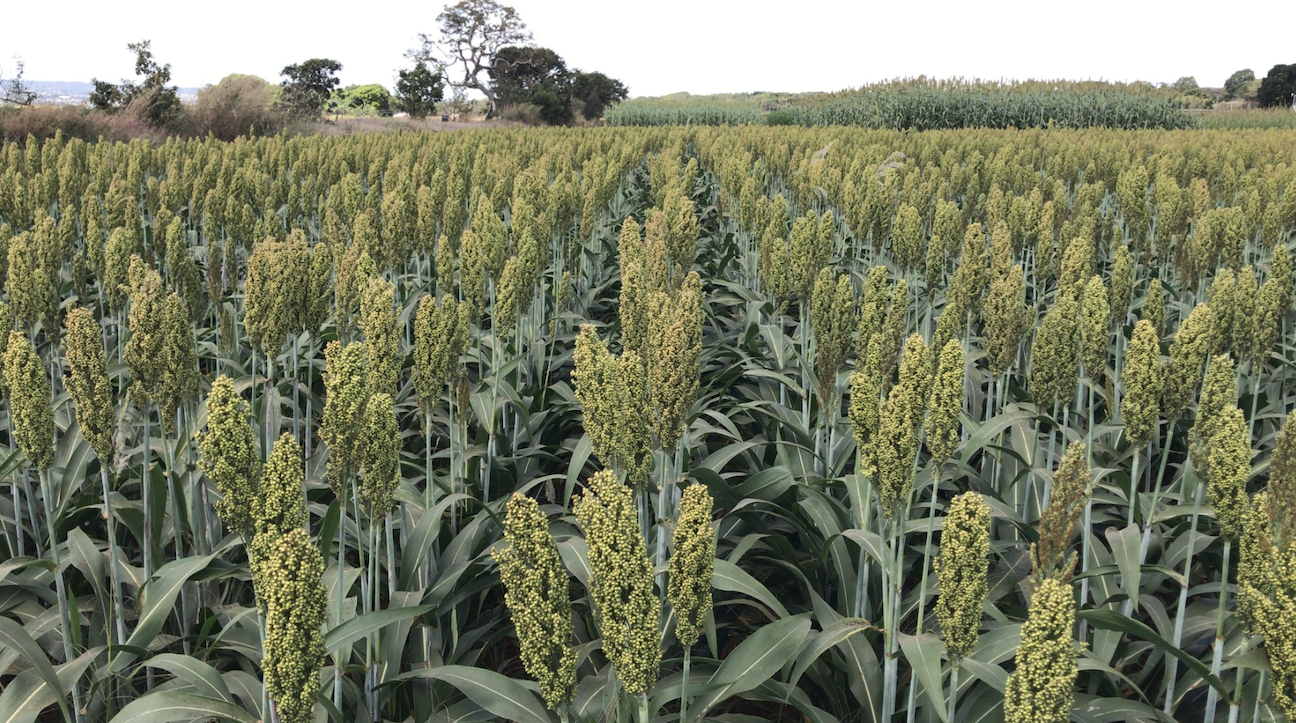Enhancing Sorghum Yield on Tropical Soils: The Crucial Role of Phosphate Efficiency and Root System Architecture
Tropical soils, subjected to intense weathering, have high levels of aluminum (Al) and iron oxides, leading to phosphate (P) ions being stably fixed and unavailable for plant uptake. This results in low P availability (referred to in the study as low-P soils) in tropical regions, posing significant challenges for crops like sorghum in sub-Saharan Africa. The primary restriction in P availability in these soils is the diffusion-driven movement of P from soil to roots, compounded by soil water content. Sorghum’s ability to produce grain yield in low-P conditions hinges on P efficiency, with P acquisition efficiency (PAE) being critical.
Grain yield under low-P is a heritable trait with low genotype x environment interaction (GEI). Rainfall is a significant factor in GEI for low-P conditions. Root system morphology and architecture are vital for P acquisition. Traits like root surface area and root diameter, linked to grain yield under low-P, are essential for efficient P uptake. A finer root system optimizes the surface area-to-volume ratio, enhancing P acquisition while minimizing carbon costs. Additionally, traits like lateral root proliferation and root hair density contribute to P efficiency.
Multi-trait genome-wide association mapping (MT-GWAS) has been used to study root traits in sorghum, indicating the importance of flexible root system changes for adaptation to low-P soils. Traits such as root surface area and root architecture, including centroid and convex hull, are positively correlated and associated with P efficiency. Genotypic differences associated with root architecture compatible with P efficiency are more pronounced in the soil layers where P is at the highest concentration, suggesting a specific mechanistic response to enhance P nutrition under low P availability.
MT-GWAS results indicate that certain SNP alleles increase multiple traits under low-P conditions, suggesting pleiotropic effects. For instance, SNPs on chromosomes 3, 5, and 7 are linked to various root traits and grain yield. The study also highlights the importance of genes like Sobic.003G37790 and serine-threonine kinase genes, which influence root morphology and P efficiency. The findings provide a genetic framework for improving sorghum adaptation to low-P soils, contributing to enhanced yield stability in tropical agriculture.
Phosphorus (P) efficiency is critical for crop production in tropical soils and for environmental preservation in temperate regions. Due to its complex genetic control, multivariate statistical models are amenable both to identifying regions of the sorghum genome associated with P efficiency and to define target ideotypes for molecular breeding approaches aimed at generating sorghum cultivars adapted to low P soils. – Magalhaes
SorghumBase examples:
A.

B.

Reference:
Hufnagel B, Bernardino KC, Malosetti M, Sousa SM, Silva LA, Guimaraes CT, Coelho AM, Santos TT, Viana JHM, Schaffert RE, Kochian LV, Eeuwijk FA, Magalhaes JV. Multi-trait association mapping for phosphorous efficiency reveals flexible root architectures in sorghum. BMC Plant Biol. 2024 Jun 15;24(1):562. PMID: 38877425. doi: 10.1186/s12870-024-05183-5. Read more
Related Project Websites:
- Jurandir V. Magalhaes page at Embrapa: https://www.embrapa.br/en/team/-/empregado/307149/jurandir-vieira-de-magalhaes


